As Sainsbury’s plans to expand its fresh food offering in more stores amid its ongoing food-focused strategy, Retail Week explores where fashion and general merchandise fit in and how they will benefit
Sainsbury’s reported yet another strong performance today, driven by the success of its food-first focus – sales were up 3.4% to £36.3bn and operating profit ahead by 4.3% to reach £966m.
Despite that grocery success, general merchandise sales edged up by a more modest 1.2% while clothing sales slipped 6.4%.

Sainsbury’s chief executive Simon Roberts says that only 15% of its stores currently offer the full food range, something he plans to change.
Sainsbury’s is investing to bring more of its range to more customers.
It has outlined plans to reallocate space, currently occupied by general merchandise and clothing, to broaden the food product space, which will focus particularly on broadening the fresh food offer in around 180 of its stores over the next three years.
So what is the retailer doing to improve its fashion and general merchandise offer? And how will that benefit from the ongoing and ramped-up focus on food?
A new focus
While the reallocation of general merchandise and clothing space for food might appear to be pushing the two further down the priority list, Roberts says this isn’t the case. He says it ties into Sainsbury’s plan to move from being “food-first” to “first choice”.
“We are going to be repurposing our space from clothing and general merchandise to reframe how we offer that and make sure our ranges are really right for the customers that are coming into store to do their weekly shop,” he says.
“We’re going to improve our food offer in those stores, but also improve our general merchandise and clothing offer, and we think we can do a much better job for customers.”
Retail analyst and consultant Maureen Hinton says this approach offers lots of possibilities to boost sales across the board.
“Because Sainsbury’s is doing so well with food and Argos seems to be a very strong focus, they can’t afford to give space to an underperforming element of the offer if they’ve got more opportunity elsewhere.
“I think it is about making it more efficient and making the range more attractive by curating it much better so that you see complementary things that you might like to buy. It is also about improving the way [product] is presented to inspire you to buy more.”
While clothing and general merchandise may have less physical space in store at Sainsbury’s in the future, a more curated and relevant range is likely to resonate with shoppers more than ever before.
More Argos, more often
‘More Argos, more often’ is one of Sainsbury’s new strategic objectives that it plans to measure the progress of its Next Level strategy against.
While general merchandise sales were “resilient” this time around, Sainsbury’s observed they were hit by a combination of lower margins across electronics and technology, as well as “poor weather” taking its toll on the sales of seasonal products such as barbecues and paddling pools.
Roberts says that, while he cannot predict the weather, he remains confident that if it is a “more normal summer” there will be some recovery in products that had a “particularly tough time” last year.
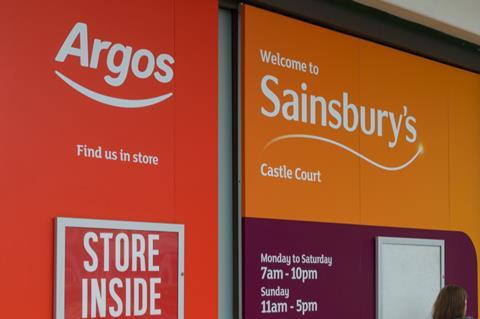
He describes Argos as a “much-loved brand” and points out that it is three times more profitable than it was three years ago.
GlobalData senior retail analyst Eleanor Simpson-Gould says time is ticking when it comes to Argos.
She says Sainsbury’s will need to follow through on its plans before the end of the new financial year to “fend off competition” from retailers such as Dunelm and Amazon.
She says: “Sainsbury’s is yet to find the winning formula to secure sustained sales momentum as customers continue to prioritise spend on essential goods and services.”
While time may be of the essence for Sainsbury’s, Roberts says this is an “opportunity” for the business.
If Sainsbury’s can successfully strengthen its product range, build engagement and increase availability at Argos, it has every chance of increasing the frequency of spend, allowing it to keep up with the food division and win back more customers.
Can Tu triumph again?
Despite Tu clothing being “a very small part” of Sainsbury’s business, Roberts says it remains “super-important” to its customers.
Having fallen behind because of “disappointing range performances” and availability hiccups as a result of Red Sea disruption, Roberts says Sainsbury’s is trying to turn things around in the fashion department and he is confident in clothing for the year ahead.
Hinton says Sainsbury’s is battling tough competition and it typically performs better during the summer months, meaning there is still hope for it to bounce back this year.
“I think the problem is that the clothing is up against some really tough competitors, in that Marks & Spencer and Next are doing so well, and it’s the same type of customer,” she says.
“I don’t think [Tu’s] online offer is a destination. Even though it has got other brands, it is not a primary destination when you are looking for clothing, so it depends a lot on going into store.”
As footfall increases on the back of an increased food offering in store, clothing is likely to also reap the benefits as more eyes than ever will be on the collections.
Sainsbury’s chief financial officer Bláthnaid Bergin says the team is “on the case” and that she is pleased with the new ranges landing in store now, demonstrating that the work on clothing is already under way.
While food is very much at the forefront of Sainbury’s strategy, general merchandise won’t be allowed to wither on the vine.





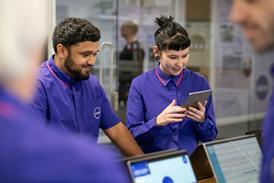

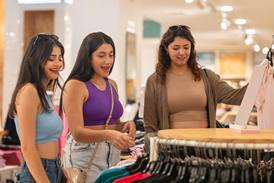
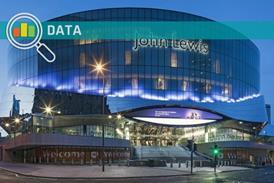











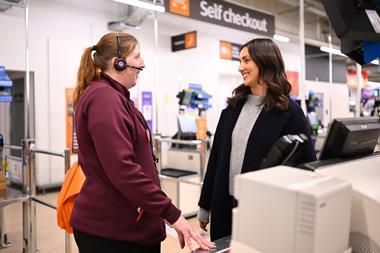
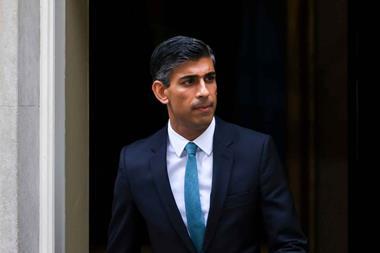
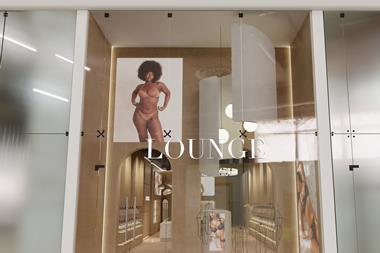
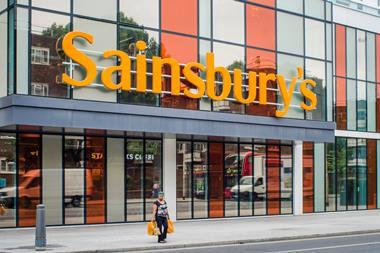
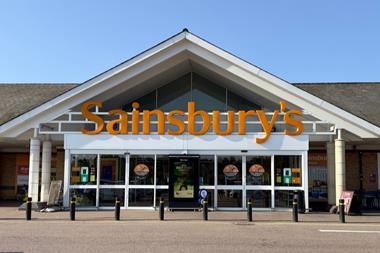



















No comments yet